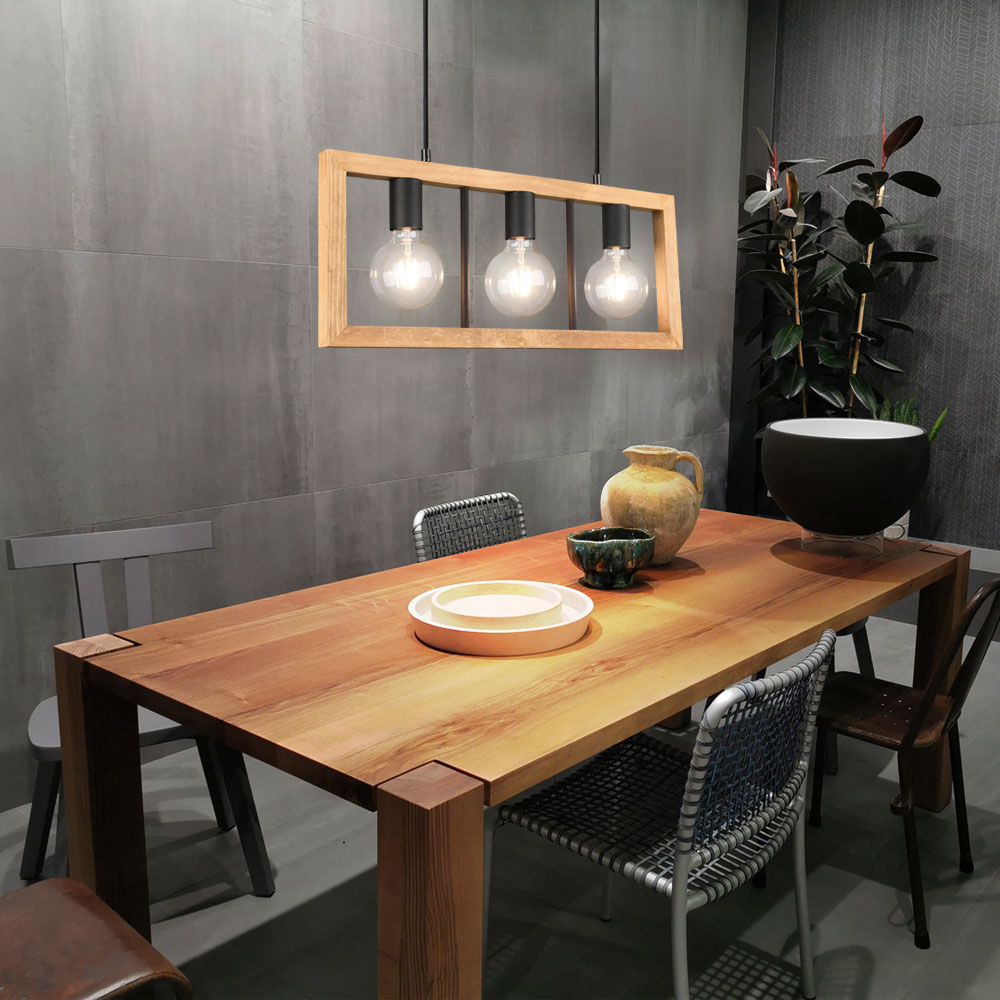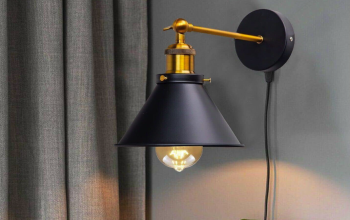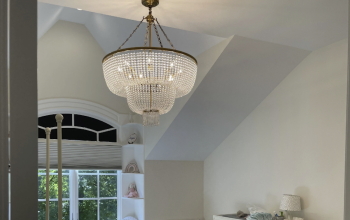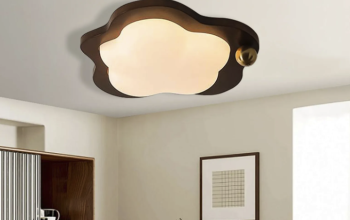When we think of visual art, we often think of static images that are meant to be admired from a distance. However, there is a genre of art that challenges this passive relationship between viewer and artwork. This genre is vertigo art, a form of visual art that employs optical illusions and other techniques to create a sense of movement or instability in the viewer’s perception. In this article, we will explore the world of vertigo art, looking at its history, its techniques, and its most prominent artists.
What is Vertigo Art?
Vertigo art is a type of visual art that uses illusions to create a sense of movement or disorientation. It often involves geometric shapes, repeated patterns, or other visual tricks that create the illusion of movement, rotation, or vibration. Some of the most common types of vertigo art include Op Art, Kinetic Art, and Trompe-l’œil.
Op Art
Op Art, short for Optical Art, emerged in the 1960s as a reaction to the dominance of Abstract Expressionism. It is characterized by its use of geometric shapes, often arranged in repetitive patterns, to create the illusion of movement or vibration. Some of the most famous Op Art works include Bridget Riley’s “Fall”, which uses parallel lines to create the illusion of curves, and Victor Vasarely’s “Zebra”, which uses black and white squares to create a sense of depth and movement.
Kinetic Art
Kinetic Art is a type of sculpture that incorporates movement into its design. It was popularized in the 1950s and 1960s and often involves motorized or mechanical parts that create the illusion of movement. One of the most famous examples of Kinetic Art is Alexander Calder’s mobiles, which use air currents to create subtle, shifting movements.
Trompe-l’œil
Trompe-l’œil, which means “deceive the eye” in French, is a type of painting that creates the illusion of three-dimensional space or objects. It often involves using techniques like perspective, shadowing, and shading to make a two-dimensional painting appear three-dimensional. Some of the most famous examples of Trompe-l’œil can be found in ancient Roman murals and Renaissance paintings.
Techniques Used in Vertigo Art
Vertigo art employs a variety of techniques to create its illusions. Some of the most common techniques include:
Repetition
Many vertigo art works use repetition to create the illusion of movement or vibration. By repeating shapes or patterns, the artist creates a sense of rhythm and energy that can be almost hypnotic.
Contrast
Contrast is another technique used in vertigo art. By juxtaposing light and dark colors or contrasting geometric shapes, the artist can create the illusion of depth or movement.
Color
Color is also an important element in vertigo art. Bold, contrasting colors can create a sense of energy and movement, while softer tones can create a sense of calm or tranquility.
Geometry
Geometric shapes are a staple of vertigo art. By using precise, geometric shapes, the artist can create the illusion of movement, rotation, or vibration.
Famous Vertigo Artists
Over the years, many artists have experimented with vertigo art. Some of the most famous include:
Bridget Riley
British artist Bridget Riley is one of the most famous Op Art artists. She is known for her use of repetitive patterns and geometric shapes to create disorienting illusions.
Victor Vasarely
Hungarian-French artist Victor Vasarely is widely considered to be the founder of Op Art. His works often incorporate simple, repeating shapes and bold colors to create the illusion of movement and depth.
Alexander Calder
American artist Alexander Calder is known for his Kinetic Art sculptures, which use movement to create an ever-changing visual experience. His mobiles, in particular, are famous for their delicate, shifting movements.
Vertigo art is a fascinating genre that challenges our perceptions of visual art. By using illusions and other techniques, vertigo artists are able to create a dynamic, ever-changing experience for viewers. While the genre has its roots in the 1960s, it continues to inspire artists today, and its influence can be seen in everything from architecture to fashion. Whether you find vertigo art exhilarating or disorienting, there’s no denying that it’s a genre that pushes the boundaries of what we think of as “art”.




